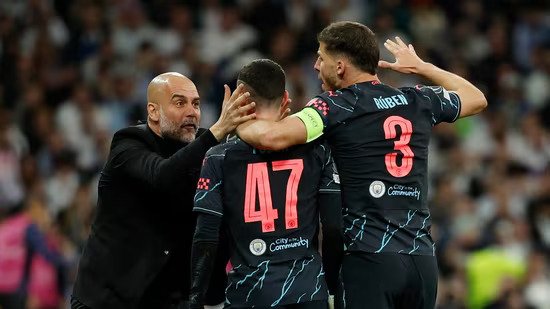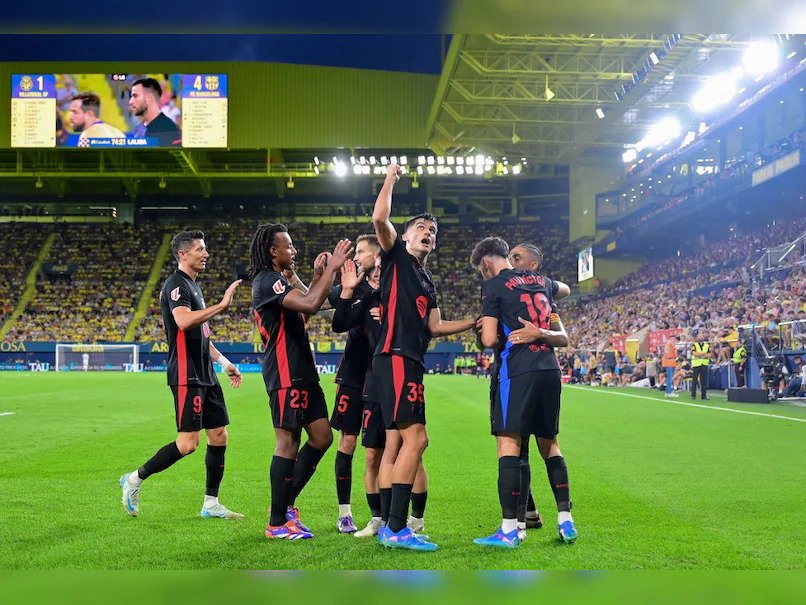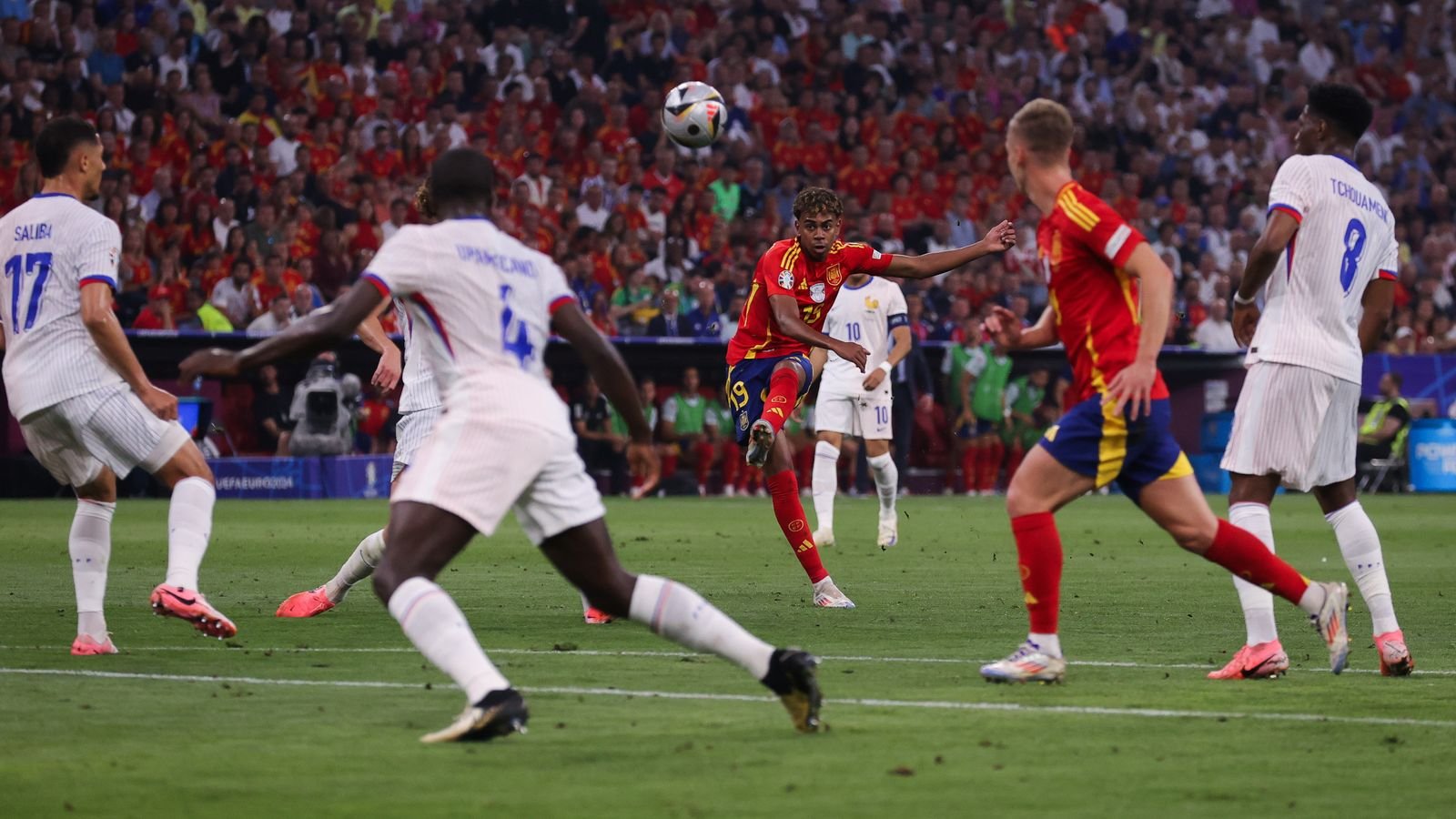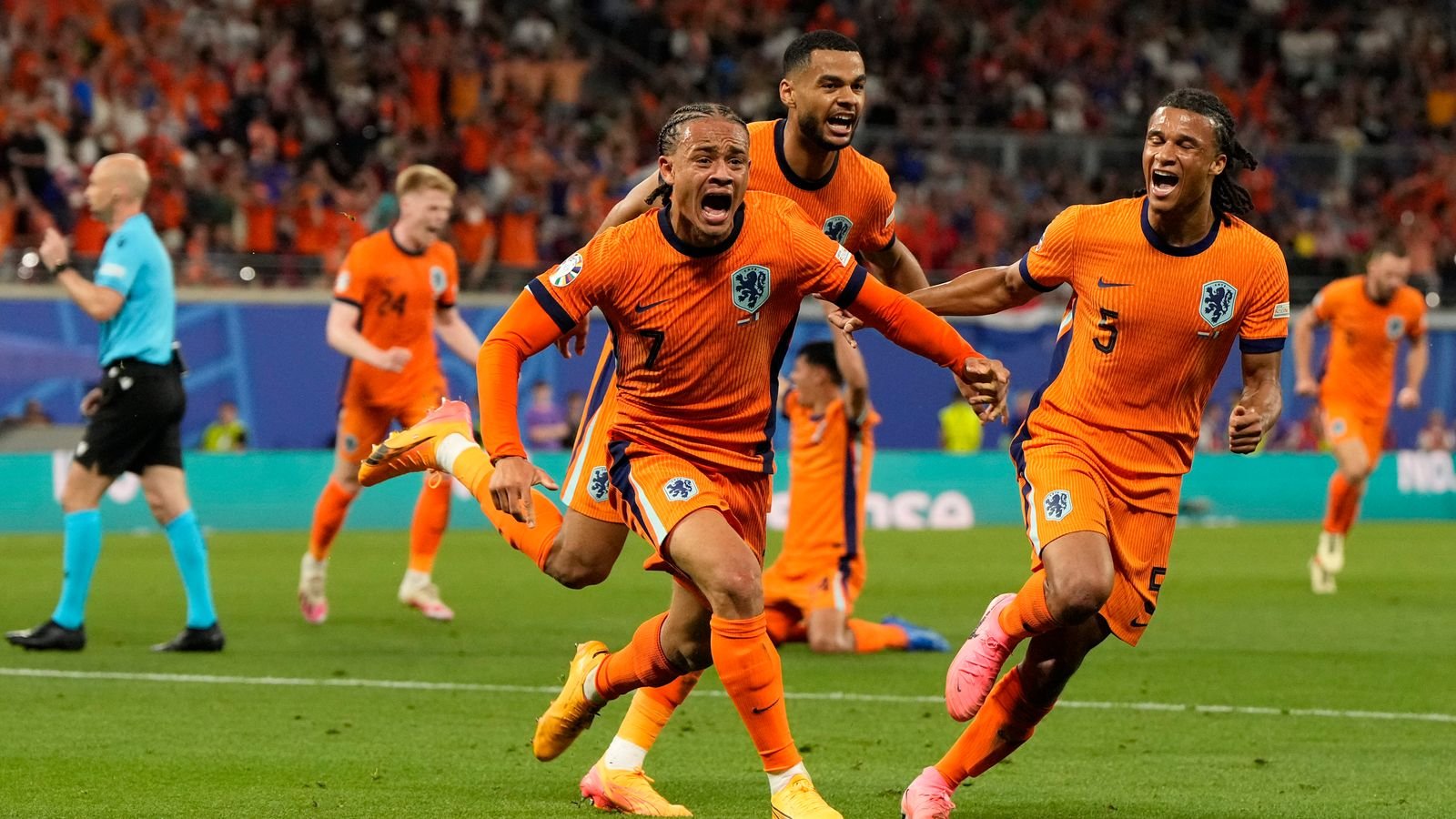Adam Bate talks about Rafa Mir’s comeback and the team’s efforts to succeed under Ruben Baraja reporting from Valencia’s Mestalla.
Mestalla supporters lament the ownership and yearn for a return to the illustrious days of their past, and they are fervently hoping for a hero to emerge.
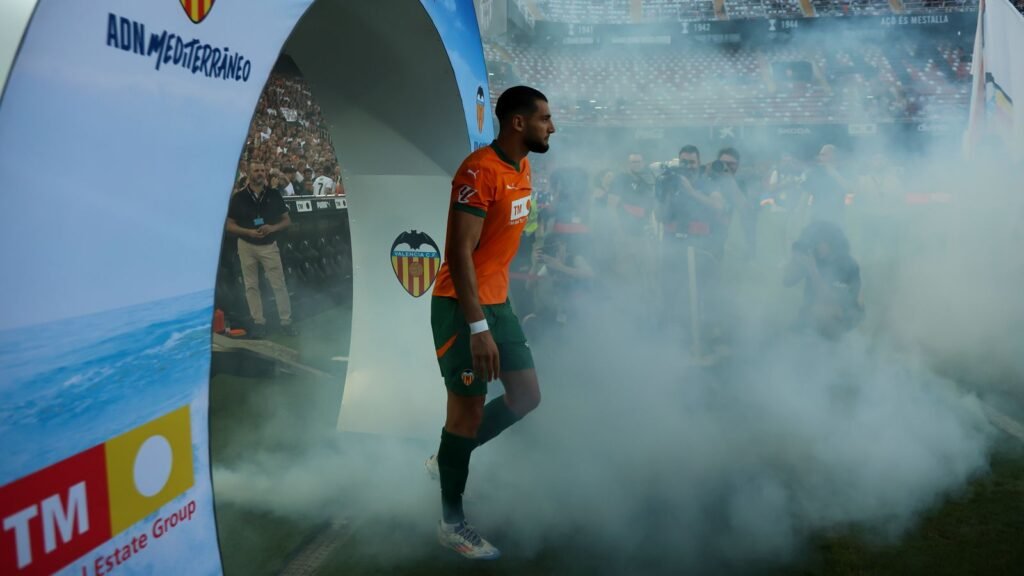
As far as pre-season competitions go, Valencia’s Trofeu Taronja has a rich past. Pele scored the opening goal in the inaugural edition in 1959, one of six goals he scored that summer as Santos won the trophy. It was Rafa Mir’s turn to start the scoring this year.
Valencia defeated Eintracht Frankfurt 3-2 thanks in part to his goal. The players didn’t seem to know whether to celebrate with the wooden bat trophy, which honors the flying mammal in the club’s logo, but Mir’s happiness was understandable. He has to bide his time till his Mestalla moment.
He grabs a quiet English comment later, telling Sky Sports, “It means a lot,” following the striker’s barrage of questions from the Valencia press corps. “I am thrilled to be back at this club, where I spent six years of my childhood.” Being at home is amazing.”
He is back on loan from Sevilla; in January, the long-term agreement nearly came to fruition. Mir notes that it was “a difficult year for me to get here” and that Valencia has wanted to get him back for much longer; he battled to make the transfer.
Now 27 years old, Mir left the club the first time around, barely out of his teens, having made a name for himself on the first team. Moving to Wolverhampton, who was in the Championship at the time, was challenging. He shudders at the memory even today, and then laughs.
“What weather,” he asks. “Wow. It’s pouring rain every day.” Perhaps moving in January wasn’t the best choice. His two FA Cup appearances against Swansea and his one-game bench stint against Barnsley and Nottingham Forest were his only four Wolves appearances.
Mir did not do much better during a subsequent loan spell at Forest, where he failed to score in 13 games and had the shame of having one of the team’s greatest European Cup winners list him among their worst ever acquisitions. Everything seemed a little too much, too soon.
Nevertheless, this relentless forward with all of his limbs and appetite went out and established a highly successful profession for himself. He moved to Sevilla after scoring 13 goals for a struggling Huesca team in the 2020–21 season, placing him in the top 10 scorers in La Liga.
In his first season there, he scored more than ten goals, and in his second, he scored in the Champions League against Manchester City. He looked for a way back to Valencia in his third, which turned contentious, but he leaves the team a more complete player.
“Obviously. I’ve come a long way since I was a child; this is life; this is athletics. I have had numerous coaches and teammates, and I have picked up some knowledge in the process. It’s hard to put into words, yet I matured. I picked up my confidence and approach on the field.”
He describes the crowd’s “incredible love” for him, which is demonstrated by the enthusiastic ovation he received when he raced out to be introduced to them and by their fervent response of chanting his last name whenever the announcer urged it.
But as much as it does about Mir’s skills, this need to see one of their own excel in white says about Valencia’s longing. When Sergi Canos, a longtime Valencia supporter, moved from Brentford last summer, there was a similar outpouring of support.
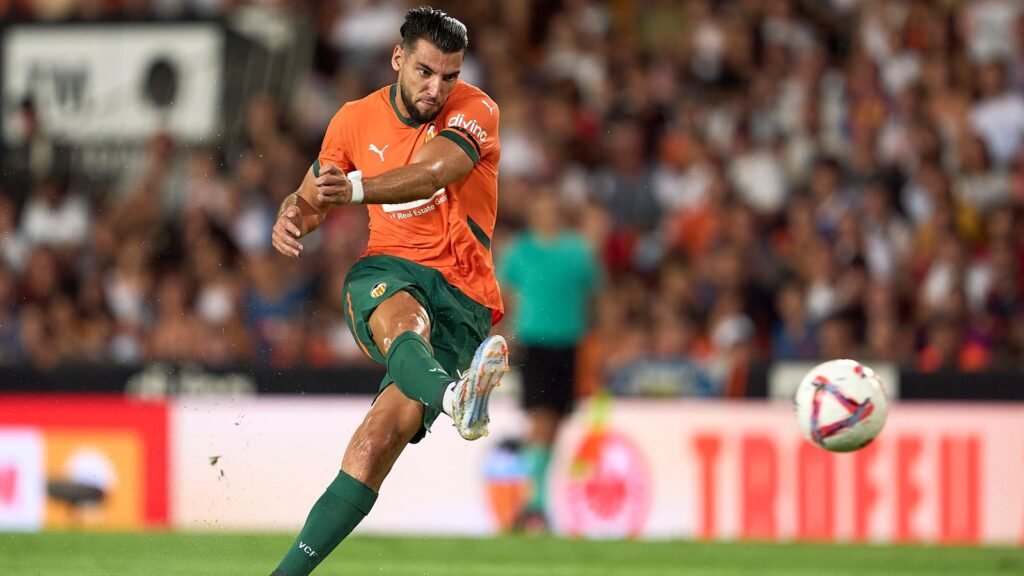
Gone is the Valencia that Canos had grown up watching, supporting with his father during their 2002 championship season. In contrast, even Valencia, the third-best team in Spain, which Mir joined ten years later, appears to be a magnificent squad.
Though it is only partially constructed, the new stadium is still in the planning stages. With their previous season’s flirtations with relegation, the team’s ninth-place result may be considered a victory. Owner Peter Lim has tired people out for ten years.
As Mir speaks about returning home, the supporters—as they have for the past nearly eight years—bring posters urging Lim to do the same. It is ironic, if using such uncomfortable terminology to address the Singaporean businessman, as he is not frequently present.
Although managers have come and gone, Lim has at least managed to find one who can inspire enthusiasm. Ruben Baraja is a living legend, with his likeness plastered all over the place both inside and outside of it. He gets more applause than the players do.
In his prime, Baraja was a tough midfield player for Rafa Benitez’s team, which went on to become one of the strongest in Europe. Mir talks about the “double sessions” the coach has with the team and how they are “more recognisable now”. Fans react to that.
Baraja is a coach who provides a pretense of togetherness, harking back to a time when Valencia was in charge, and his resentment toward the ownership is not going away. His relationship is essential. There’s also hope because of his relationship with Mir. The two have a long history together.
When Mir scored 21 goals to show his talent, Baraja was leading the youth squad. Both pressed for this get-together. “The coach is very important to me, he gives me the confidence that I am a very important player for the team,” says Mir.
“One of the main reasons I’m here is because of this. The coach and I are working closely together to help me regain my confidence, so I need to give it my all and seize this opportunity. Though I tried to come back earlier, the time has come. I have to keep becoming better. I have the final say in it.”
Even while it seems straightforward, Valencia’s future holds many challenges. Mir describes this team as a family and even raises the prospect of qualifying for Europe, which would be a step in the right direction for Valencia, which is currently the fifth-most successful club in Spain. We’ll see.
Every significant trophy at Mestalla is identified by a banner that crosses the stands, serving as a constant reminder that every decade since the 1940s has produced silverware. However, the next trophy seems far away as this one approaches its halfway point. The Trofeu Taronja is not taken into account.

